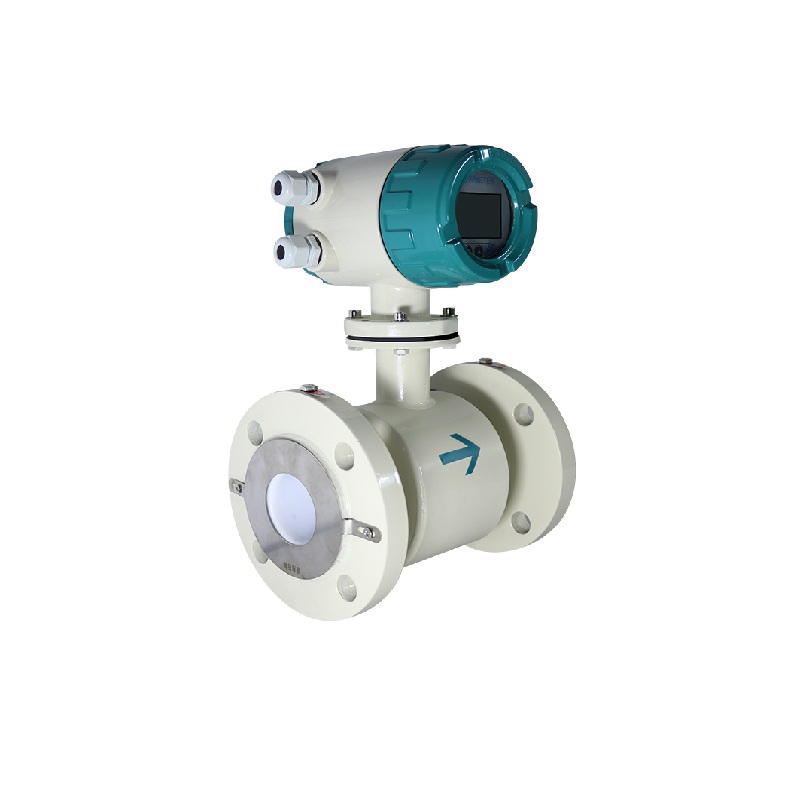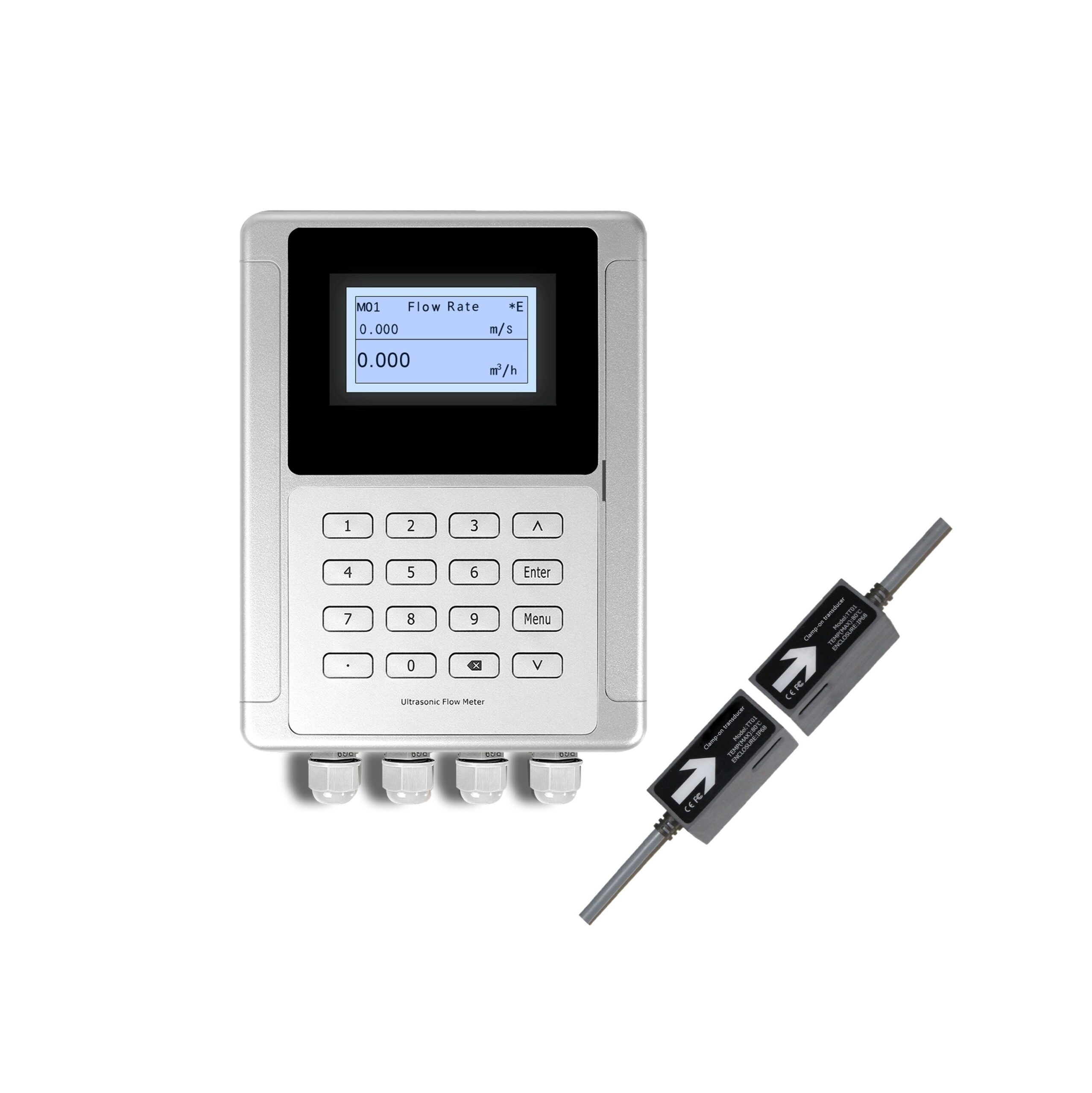Choosing between electromagnetic and ultrasonic flow meters can significantly impact your measurement accuracy and system performance. Each technology has distinct advantages for specific applications.
Electromagnetic flow meters measure conductive liquids using Faraday’s Law of Induction, requiring no moving parts, while ultrasonic flow meters use sound waves to measure flow velocity and can work with both conductive and non-conductive fluids. The key difference lies in their measurement principles, fluid compatibility, and installation requirements.
Having supplied both meter types to industries worldwide, I’ve seen how proper selection makes all the difference.
Which Type of Flowmeter Is Most Accurate?
Accuracy depends more on application than technology alone.
Electromagnetic flow meters typically offer ±0.2-0.5% accuracy for conductive liquids, while ultrasonic meters provide ±0.5-1% accuracy in ideal conditions. For pure water or hydrocarbons where electromagnetic meters don’t work, ultrasonic becomes the most accurate choice.
Accuracy varies significantly under different conditions:
Accuracy Comparison Table
| Condition | Electromagnetic | Ultrasonic |
|---|---|---|
| Clean conductive liquids | ±0.2% best | ±0.5% |
| Slurries | ±0.5% | Not recommended |
| Pure water | Doesn’t work | ±0.35% best |
| Viscous fluids | ±0.3% | ±1% |
| Partially filled pipes | Can’t measure | Special models |
| High temperature fluids | ±0.4% | ±1.5% |
What Are the Disadvantages of Electromagnetic Flow Meter?
Understanding limitations prevents costly mistakes.
Key disadvantages include: 1) Only works with conductive fluids (≥5μS/cm), 2) Requires full pipes, 3) Needs minimum flow velocity (typically 0.3 m/s), 4) Sensitive to electrical interference, and 5) Higher power consumption than ultrasonic options.

Electromagnetic Flow Meter
These limitations manifest in specific situations:
Electromagnetic Meter Challenges
| Limitation | Practical Impact | Workaround |
|---|---|---|
| Conductivity Required | Can’t measure pure water, oil | Use ultrasonic instead |
| Full Pipe Needed | Errors with air bubbles | Install properly |
| Minimum Velocity | Can’t measure very slow flows | Select proper size |
| Electrical Noise | Requires good grounding | Use shielded cables |
| Electrode Coating | Maintenance with dirty fluids | Choose proper electrode |
| Power Needs | Not ideal for battery operation | Alternative power source |
What Are the Disadvantages of an Ultrasonic Flow Meter?
Even advanced technology has trade-offs.
Main disadvantages include: 1) Higher cost for comparable accuracy, 2) Sensitive to pipe conditions (lining, scaling), 3) Requires calibration for fluid properties, 4) Performance drops with entrained air/solids, and 5) Needs expert installation for best accuracy.

Ultrasonic Flow Meters
These factors affect real-world performance:
Ultrasonic Meter Limitations
| Challenge | Measurement Impact | Mitigation Strategy |
|---|---|---|
| Pipe Condition | Lining/scaling reduces accuracy | Pipe preparation |
| Fluid Properties | Sound speed variations affect | Fluid-specific calibration |
| Entrained Air | Signal scatter causes errors | Deaeration mechanisms |
| Installation Skill | Poor installation hurts accuracy | Professional installation |
| Temperature Effects | Viscosity changes affect waves | Temperature compensation |
| Initial Cost | More expensive than some types | Consider lifetime costs |
Conclusion
Electromagnetic flow meters excel with conductive fluids needing high accuracy, while ultrasonic flow meters offer versatility for diverse fluids and non-invasive installation. Smart selection between these technologies depends on your specific fluid properties, accuracy needs, and installation constraints – there’s no universally superior choice, only the right tool for your particular application.
